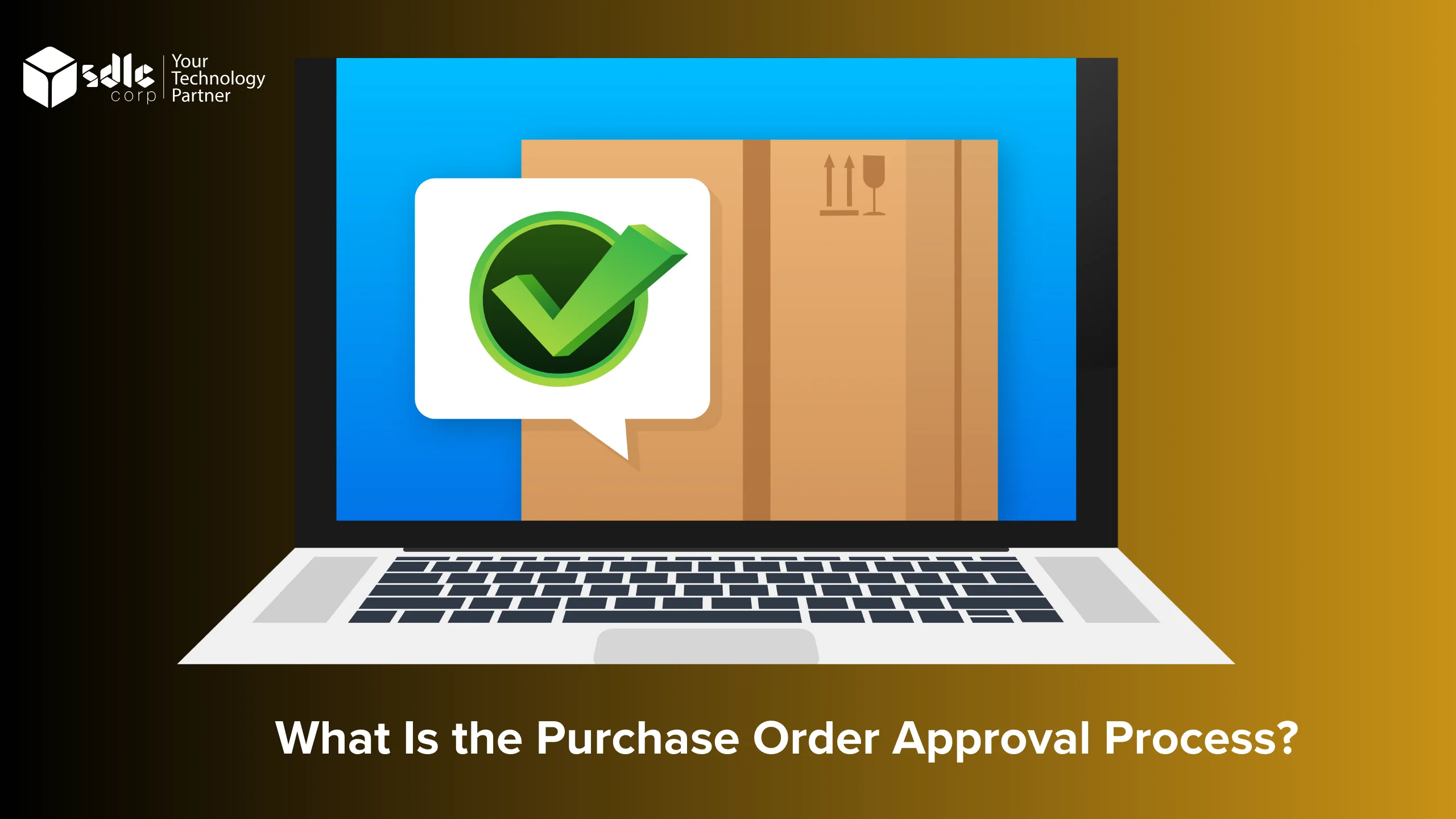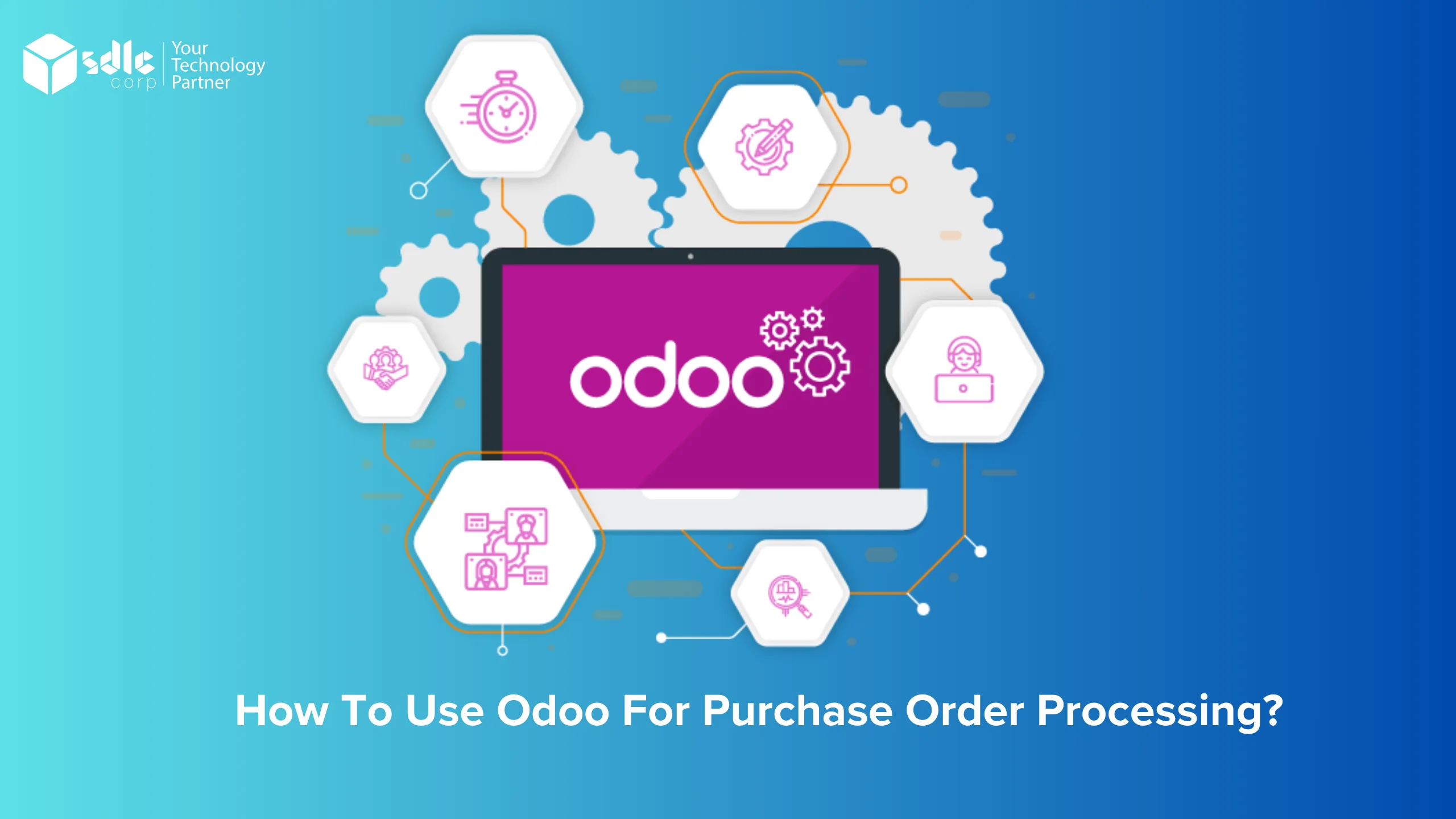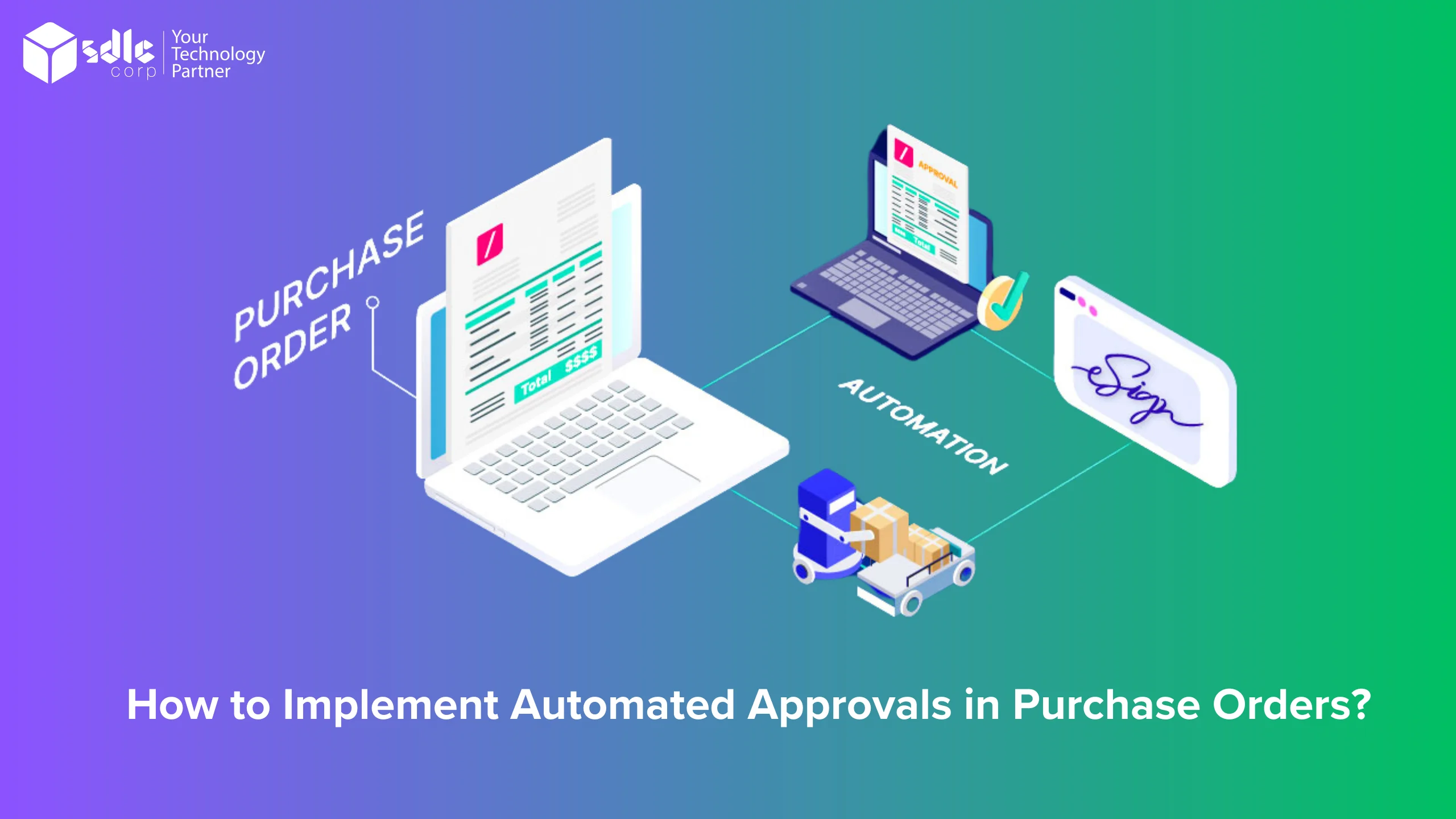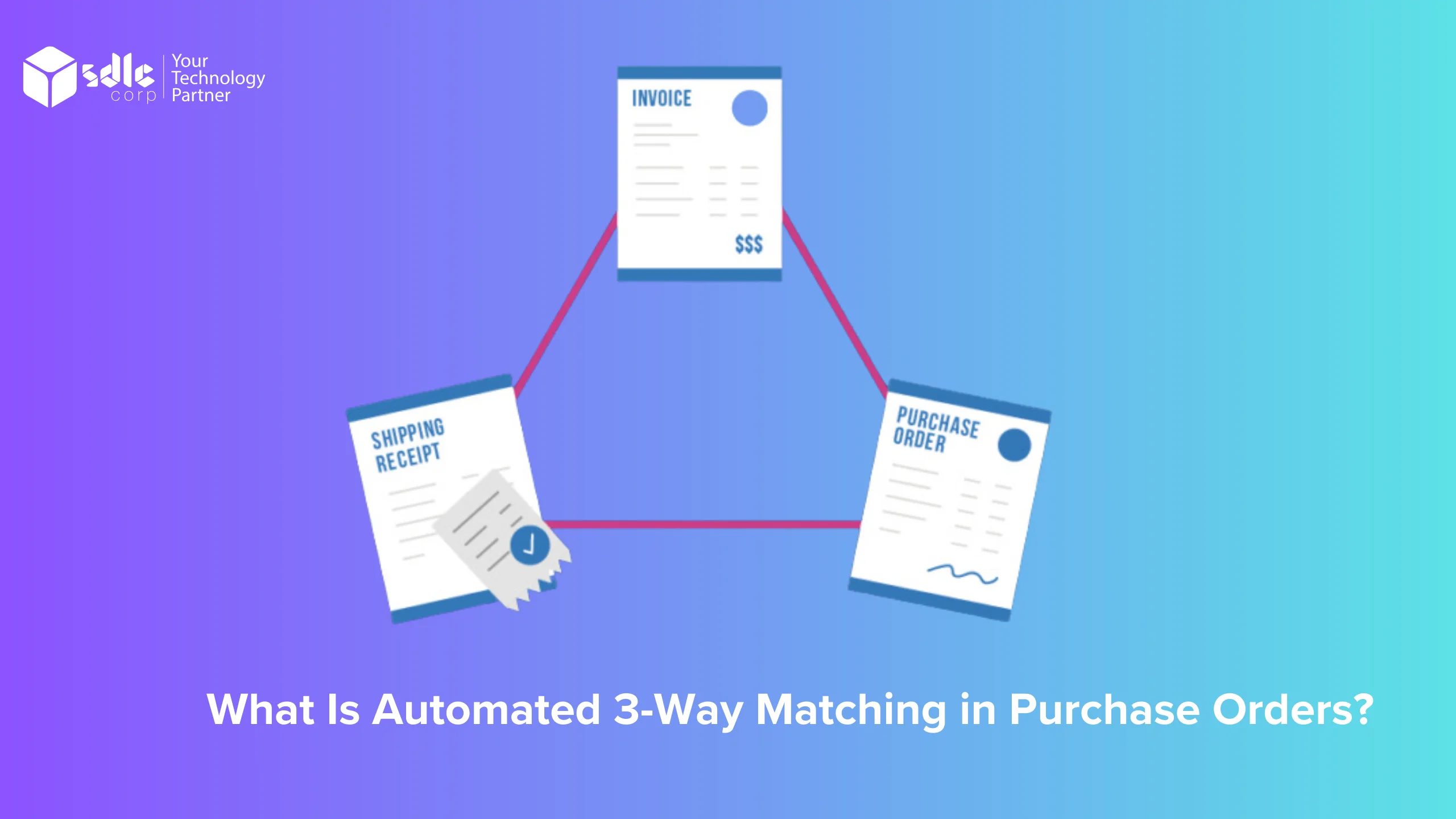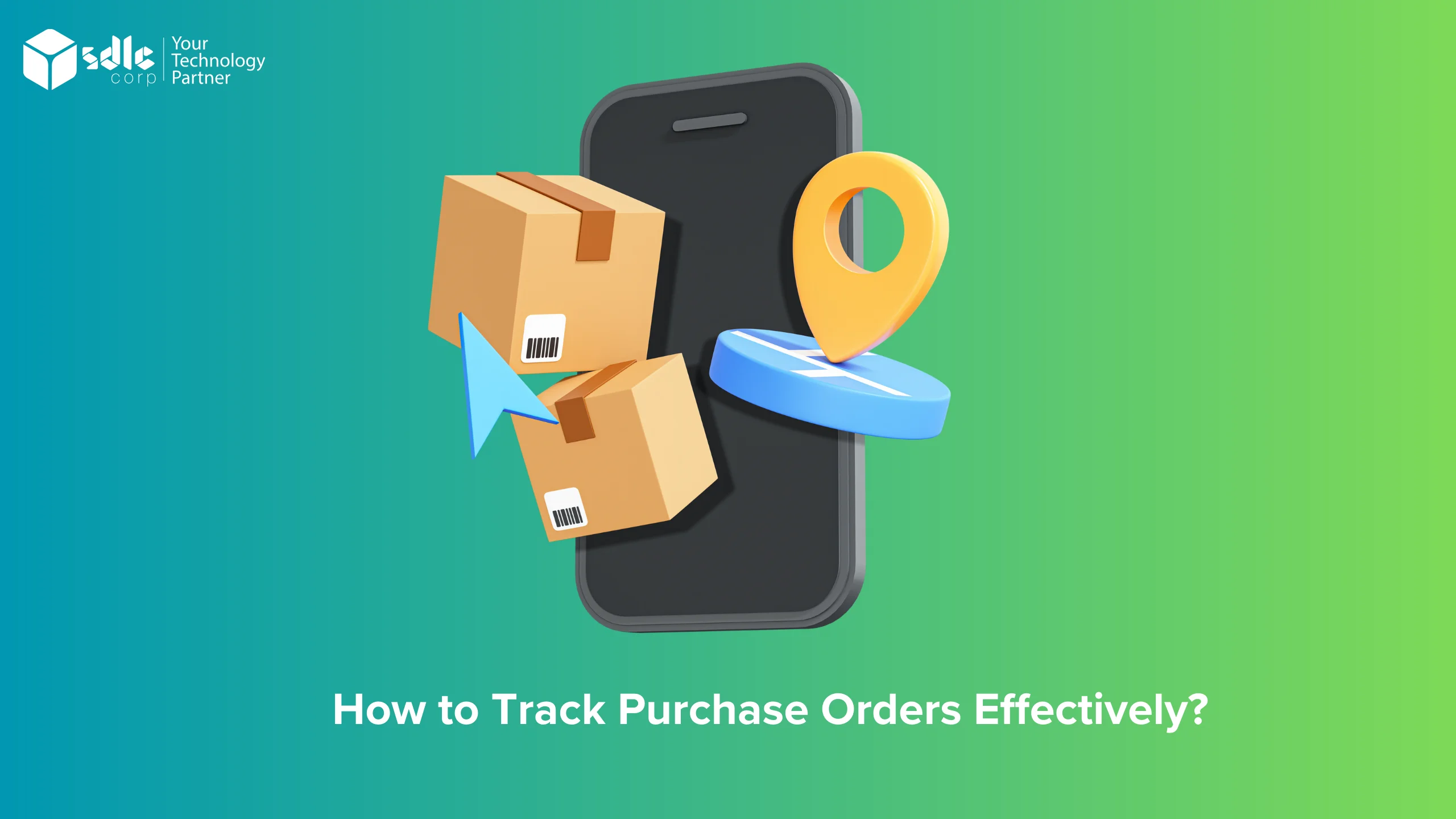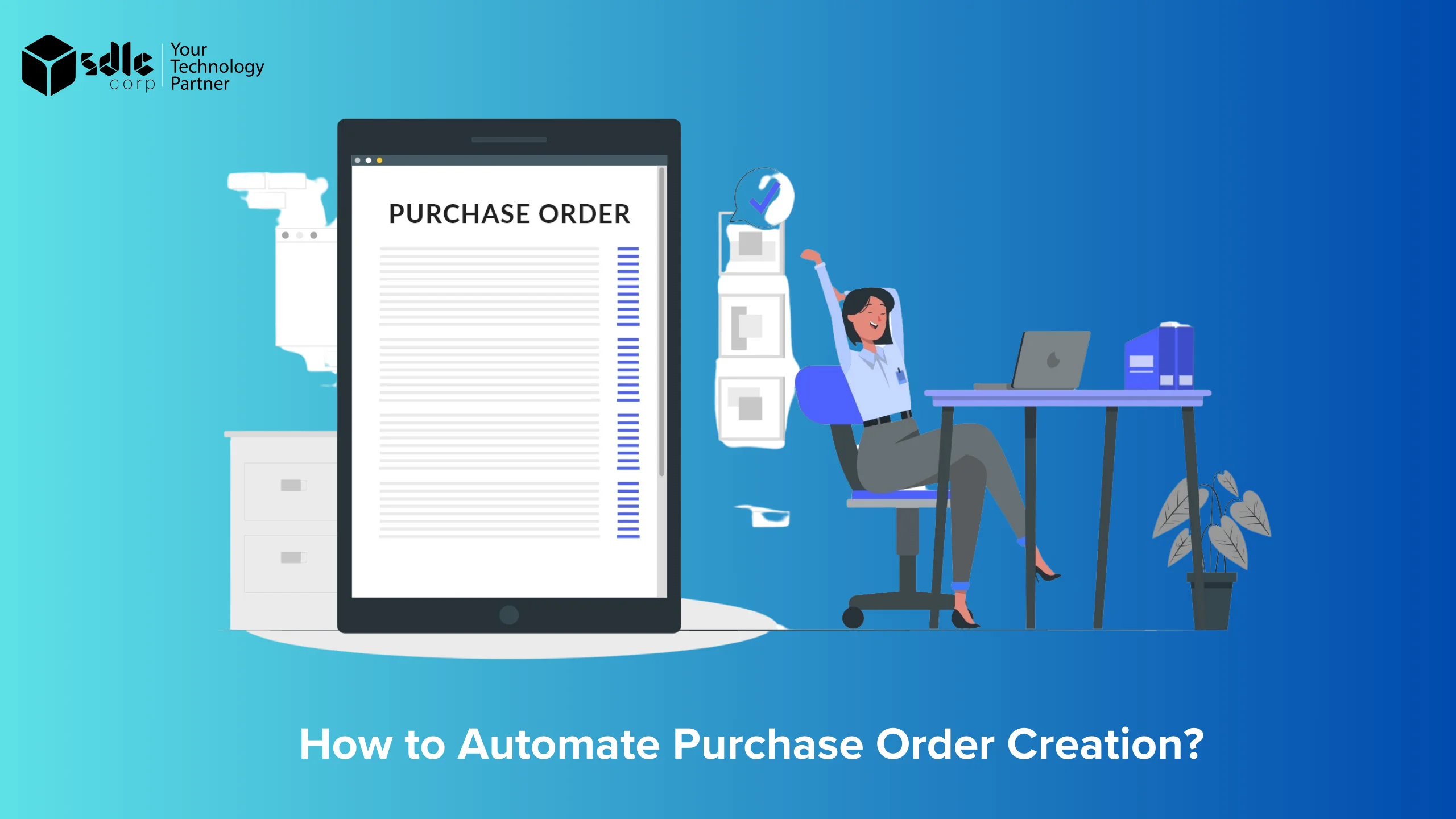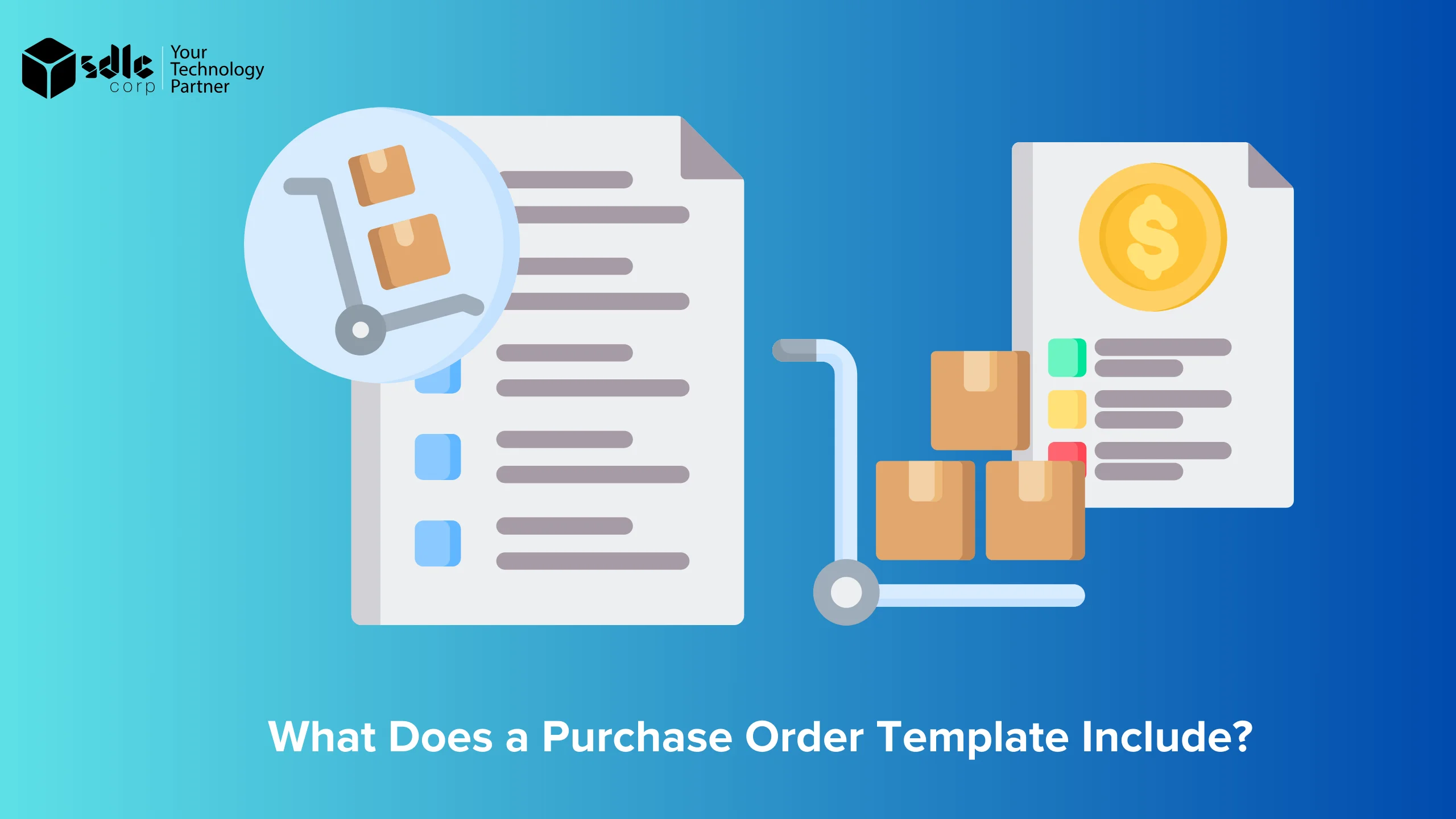What Is the Purchase Order Approval Process?

The purchase order approval process is a crucial component of procurement management in businesses, ensuring that purchases are authorized, monitored, and controlled. This process typically involves several steps to validate and authorize purchases before goods or services are ordered and received.
The first step in the purchase order approval process is the request for a purchase. This is often initiated by a department or individual within the organization who identifies the need for goods or services. The requester fills out a purchase requisition form detailing the items or services required, quantity, specifications, and other relevant information.
Once the purchase requisition is submitted, it is reviewed by the relevant department or personnel responsible for approving purchases. This could be a manager, department head, or a designated purchasing department. The reviewer assesses the requisition to ensure that it complies with company policies and budgetary constraints.
After the requisition is reviewed and approved, a purchase order is created. The purchase order includes details such as the vendor’s name, items or services to be purchased, quantity, price, delivery date, and terms of payment. The purchase order is then sent to the vendor to initiate the procurement process.
Before the purchase order is sent to the vendor, it may undergo a final review and approval process. This could involve additional levels of approval, especially for high-value purchases or purchases that require special authorization. Once all approvals are obtained, the purchase order and invoice is sent to the vendor, and the goods or services are ordered.
Who approves purchase orders Within an organisation?
1. Requester
2. Manager or Department Head
3. Purchasing Department
4. Budget Officer
5. Senior Management
6. Special Approvals
Certain purchases may require additional approvals based on their nature. For example, purchases involving sensitive information, legal agreements, or specialized equipment may need approval from specific individuals or departments.
What steps are typically involved in the approval process for purchase orders?
The approval process for purchase orders in an organization involves several key steps to ensure that purchases are authorized, monitored, and controlled in accordance with company policies and budgetary constraints. These steps help streamline the procurement process and ensure that purchases are made efficiently and cost-effectively. Here’s a detailed look at the typical steps involved in the approval process for purchase orders:
1. Purchase Requisition
2. Purchase Order Creationa2. Review and Approval
3. Purchase Order Creation
Once the purchase requisition is approved, a purchase order is created. The purchase order includes A Invoice details such as the vendor’s name, items or services to be purchased, quantity, price, delivery date, and terms of payment. The purchase order serves as a legally binding document between the organization and the vendor, outlining the details of the purchase.
4. Final Review and Approval
5. Goods Receipt
6. Invoice Processing
7. Payment
Finally, the payment is made to the vendor based on the terms agreed upon in the purchase order. The payment is typically made through the organization’s accounts payable process, and the transaction is recorded for accounting purposes.
Optimize Your Procurement Process Now!

What are the challenges with solution in Purchase Order Approval?
The purchase order approval process plays a vital role in ensuring that purchases are made in compliance with organizational policies, budgetary constraints, and regulatory requirements. However, several challenges can arise during this process, each requiring specific solutions to address effectively:
1. Delays in Approval
One common challenge is delays in obtaining approvals for purchase orders. This can occur due to the unavailability of approvers, lack of clarity regarding approval hierarchies, or inefficient approval workflows. To address this challenge, organizations can implement automated approval workflows, clearly define approval hierarchies, and use notifications to remind approvers of pending requests.
2. Poor Communication
Miscommunication between requesters, approvers, and purchasing departments can lead to errors, delays, and misunderstandings in the approval process. Implementing a centralized communication system, providing clear guidelines for submitting purchase requisitions, and fostering open communication between stakeholders can help mitigate this challenge.
3. Non-Compliance with Policies
Failure to adhere to organizational policies, such as spending limits, preferred vendors, and contract requirements, can result in unauthorized purchases and compliance violations. Organizations should regularly review and update their purchasing policies, provide training to employees on policy compliance, and implement controls to enforce policy adherence.
4. Budgetary Constraints
Limited budget availability or overspending can pose challenges during the purchase order approval process. Organizations can address this challenge by implementing budget controls, setting spending limits for different departments or projects, conducting regular budget reviews, and prioritizing purchases based on strategic objectives.
5. Vendor Management Issues
Challenges related to vendor selection, performance, and contract management can impact the purchase order approval process. To mitigate these challenges, organizations should establish vendor evaluation criteria, maintain accurate vendor records, negotiate favorable terms and conditions, and regularly assess vendor performance.
6. Complex Approval Workflows
7. Data Security and Compliance
8. Lack of Visibility and Tracking
Limited visibility into the status of purchase orders and approvals can make it challenging to track progress and identify bottlenecks. Utilizing purchase order management software, implementing dashboards and reporting tools, and establishing key performance indicators (KPIs) can provide greater visibility and enable proactive management of the approval process.
What Are the Benefits of Approving Purchase Orders?
Gain Better Financial Oversight!

Approving purchase orders offers several benefits to organizations, including enhanced control over spending, improved budget management, and increased efficiency in procurement processes. By requiring approval before purchases are made, organizations can ensure that purchases align with their strategic objectives and budgetary constraints. This helps prevent unauthorized spending and reduces the risk of overspending.
Moreover, approving purchase orders enables organizations to maintain accurate records of purchases, which is essential for financial reporting and auditing purposes. Approved purchase orders serve as a legally binding agreement between the organization and the vendor, outlining the details of the purchase, such as quantity, price, and delivery terms. This helps prevent disputes with vendors and ensures that both parties adhere to the agreed-upon terms.
Additionally, approving purchase orders can lead to improved vendor relationships and better pricing agreements. By centralizing the procurement process and standardizing purchasing procedures, organizations can leverage their purchasing power to negotiate better terms with vendors. This can result in cost savings and improved overall efficiency in procurement processes. Overall, approving purchase orders is essential for organizations to maintain control over their purchasing activities, ensure compliance with policies and regulations, and achieve cost savings and operational efficiencies.
Conclusion
The purchase order approval process is a structured workflow within organizations to authorise and monitor purchases, ensuring compliance with policies and budgetary constraints. It typically involves several steps, starting with a purchase requisition submitted by a requester. The requisition is then reviewed and approved by relevant personnel, such as managers or the purchasing department. Once approved, a purchase order is created, detailing the goods or services, quantity, price, and terms. The purchase order is sent to the vendor, and upon receipt of goods or services, the receiving department verifies them against the order. Finally, the invoice is processed for payment. This process helps organizations manage their procurement efficiently, control spending, maintain vendor relationships, and ensure compliance. In conclusion, the purchase order approval process is crucial for effective procurement management and financial control within organizations.
Automate Your PO Approvals!

FAQS
1. What is the purchase order approval process?
The purchase order approval process is the series of steps that a purchase order goes through before it is authorized for fulfillment. It typically involves review and approval by designated individuals or departments within an organization.
2. Who is involved in the purchase order approval process?
The individuals or departments involved in the purchase order approval process can vary depending on the organization. However, it often includes the requester, purchasing department, budget manager, and senior management or finance department for final approval.
3. What are the key steps in the purchase order approval process?
The key steps in the purchase order approval process typically include requisition, creation of the purchase order, review by the purchasing department for accuracy and compliance, approval by budget manager or department head, and final approval by senior management or finance department.
4. How is the purchase order approval process typically managed?
The purchase order approval process is often managed using purchase order software or an enterprise resource planning (ERP) system. These systems automate the approval workflow, track the status of purchase orders, and provide visibility into the process.
5.What are the benefits of having a purchase order approval process?
Having a purchase order approval process helps ensure that purchases are authorized, within budget, and compliant with company policies. It also helps prevent unauthorized purchases and provides a clear audit trail for accountability.
Contact Us
Let's Talk About Your Project
- Free Consultation
- 24/7 Experts Support
- On-Time Delivery
- sales@sdlccorp.com
- +1(510-630-6507)
jahir
Subscribe Our Newsletter
Request A Proposal
Contact Us
Let's Talk About Your Project
- Free Consultation
- 24/7 Experts Support
- On-Time Delivery
- sales@sdlccorp.com
- +1(510-630-6507)

Dubai:

India:

Qatar:
- Poker Game Development
- Casino Game Development
- Rummy Game Development
- Ludo Game Development
- Sports Betting App Development
- BC Game Clone
- Roulette Game Development
- Real Money Game Development
- Andar Bahar Game Development
- Game development
- Chess Game Development
- Bingo Game Development
- Unity Game Development
- Mobile Game Development
- Android Game Development

